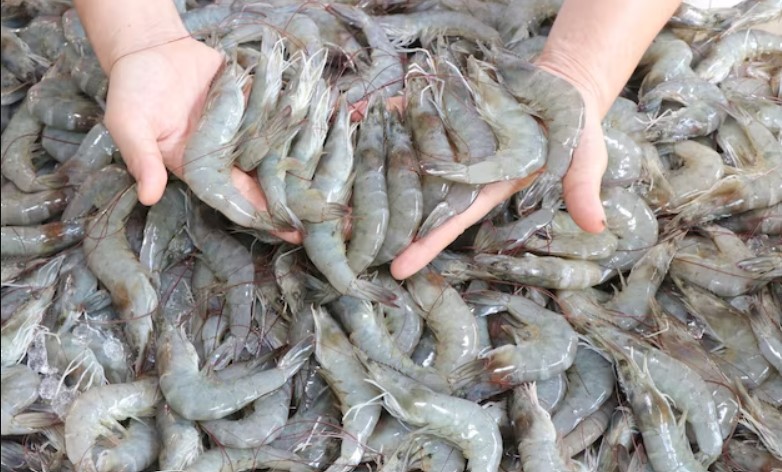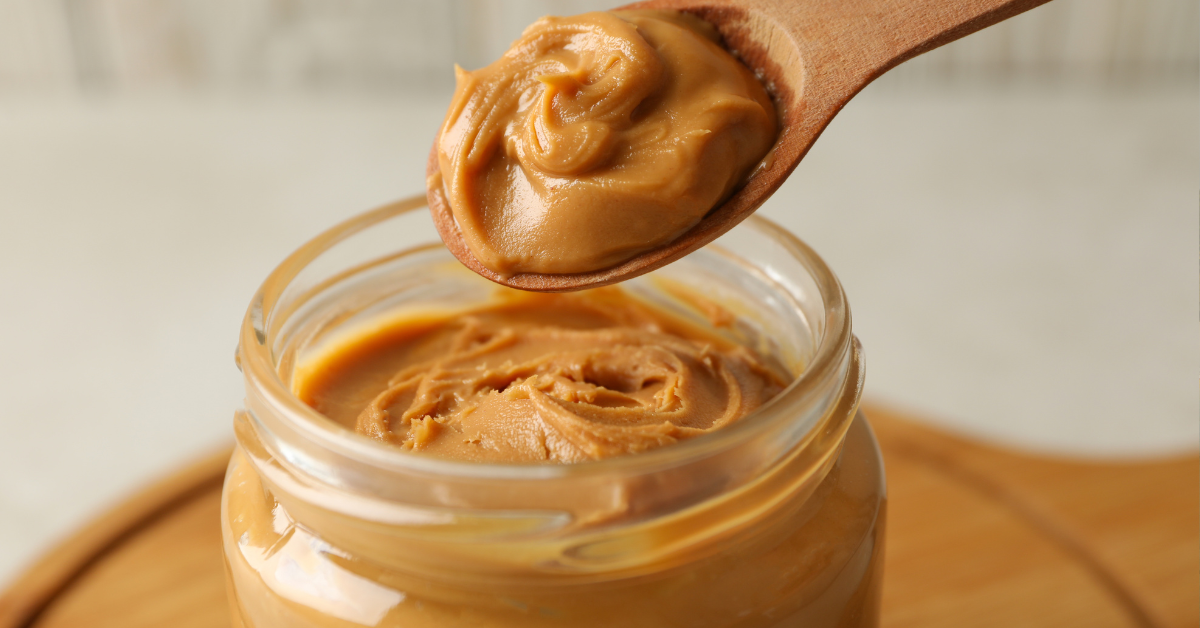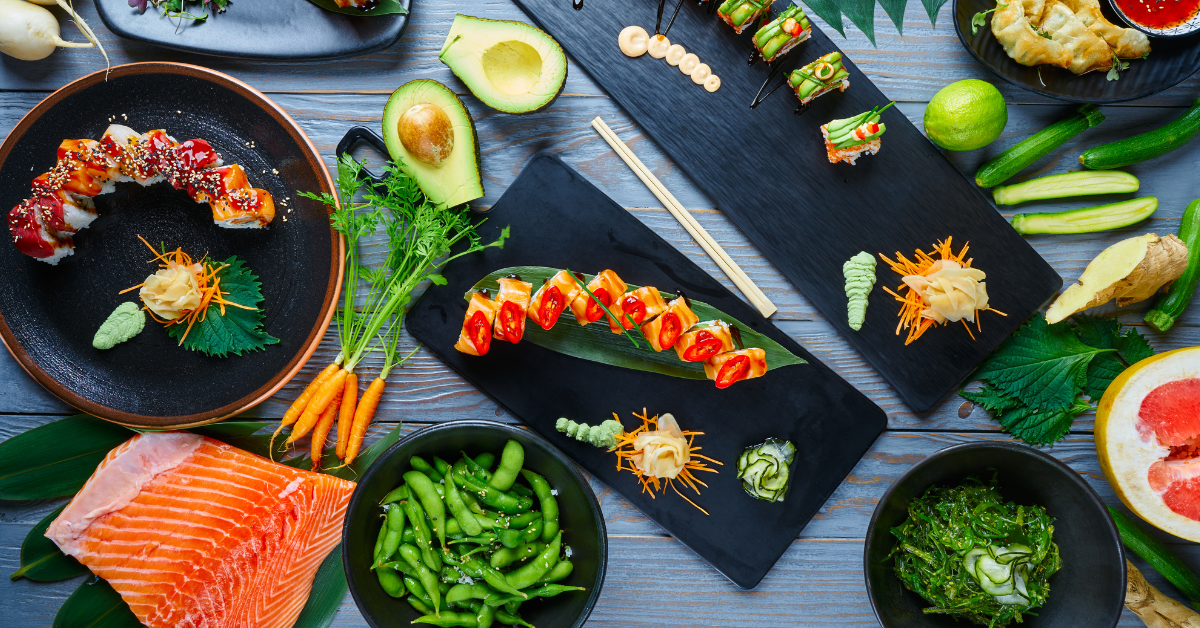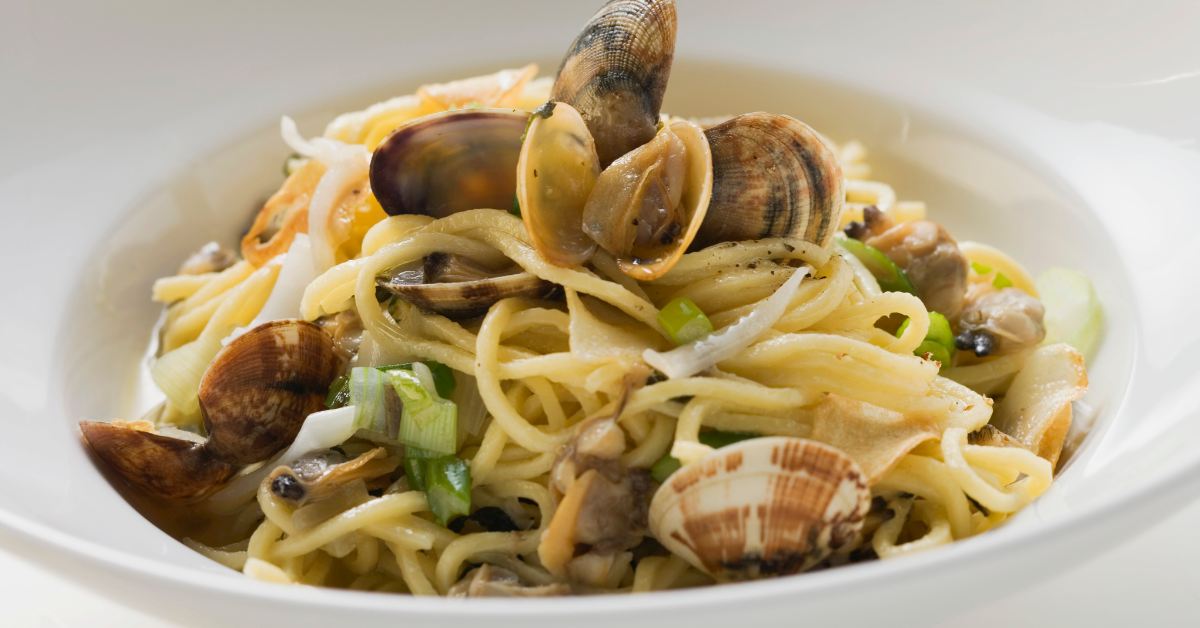Introduction
In the mesmerizing world of marine creatures, shrimp hold a unique and significant place. These small, delicate crustaceans are not only culinary delights but also fascinating subjects of study for marine biologists and enthusiasts alike. In this article, we’ll explore one of the lesser-known aspects of shrimp biology: what is a group of shrimp called?
A Group of Shrimp: A Collective Term
Before we delve into the intriguing nomenclature of shrimp groups, let’s understand the concept of collective nouns. Collective nouns are words used to describe groups of living beings, objects, or concepts. They add depth and specificity to our language by assigning a single term to a multitude of entities, such as a “school of fish” or a “flock of birds.”
So, what about shrimp? What do we call a congregation of these delightful sea creatures? The answer might surprise you!
The Diverse World of Shrimp
To appreciate the variety of terms used for groups of shrimp, it’s essential to understand the diverse world of shrimp itself. Shrimp belong to a large family of crustaceans known as “Decapoda.” This family includes prawns, crayfish, and lobsters. Shrimp can be found in an array of habitats, ranging from freshwater to saltwater environments, and they come in various sizes, colors, and species.
Common Names for Groups of Shrimp
Marine biologists and enthusiasts have coined a range of names for groups of shrimp, often specific to the shrimp’s size, behavior, or habitat. Here are some common terms:
- A troop of shrimp: This term is used when describing a group of shrimp marching or swimming together, often in search of food.
- A bed of shrimp: When shrimp are found resting together in a particular area, they are referred to as a “bed.”
- A colony of shrimp: This term is commonly used for shrimp species that exhibit social behavior and live in large communities.
- A feast of shrimp: In the culinary world, a gathering of shrimp ready to be cooked and enjoyed is aptly named a “feast.”
Shrimp Behavior in Groups
Shrimp often group together for various reasons, including protection from predators and improved foraging opportunities. Safety in numbers is a common theme among shrimp populations, where they seek refuge in clusters of their own kind. These group dynamics are essential for their survival.
Shrimp in the Culinary World
Shrimp’s significance isn’t limited to the marine world. These delectable creatures play a crucial role in the culinary world, with countless recipes and dishes featuring their sweet, succulent meat. From shrimp scampi to shrimp cocktails, their versatility in various cuisines is unparalleled.
Conservation of Shrimp Populations
As we appreciate the wonder of shrimp and their diverse group dynamics, it’s essential to consider the conservation of shrimp populations. Overfishing and habitat destruction are major threats to these remarkable creatures. Sustainable practices in shrimp harvesting are crucial to ensure their continued existence for future generations. for more info visit this article.
Conclusion
Shrimp may be small, but their significance in both the marine and culinary worlds is immense. The various names assigned to groups of shrimp reflect the diversity of this remarkable species. It’s essential to protect these delicate creatures and their habitats to preserve the wonders of the underwater world.
FAQs
1. What are the different names for groups of shrimp?
- Common terms include a troop, a bed, a colony, and a feast of shrimp, each reflecting specific aspects of their behavior or habitat.
2. Why do shrimp gather in groups?
- Shrimp often group together for safety from predators and improved foraging opportunities.
3. Are shrimp important in the culinary world?
- Absolutely! Shrimp are a staple in many cuisines worldwide, appreciated for their delicious taste and versatility in dishes.
4. What is the biggest threat to shrimp populations?
- Overfishing and habitat destruction pose significant threats to shrimp populations, emphasizing the need for sustainable practices.
5. How can we contribute to the conservation of shrimp?
- Supporting sustainable shrimp harvesting practices and advocating for marine conservation efforts are effective ways to help protect shrimp and their habitats.





